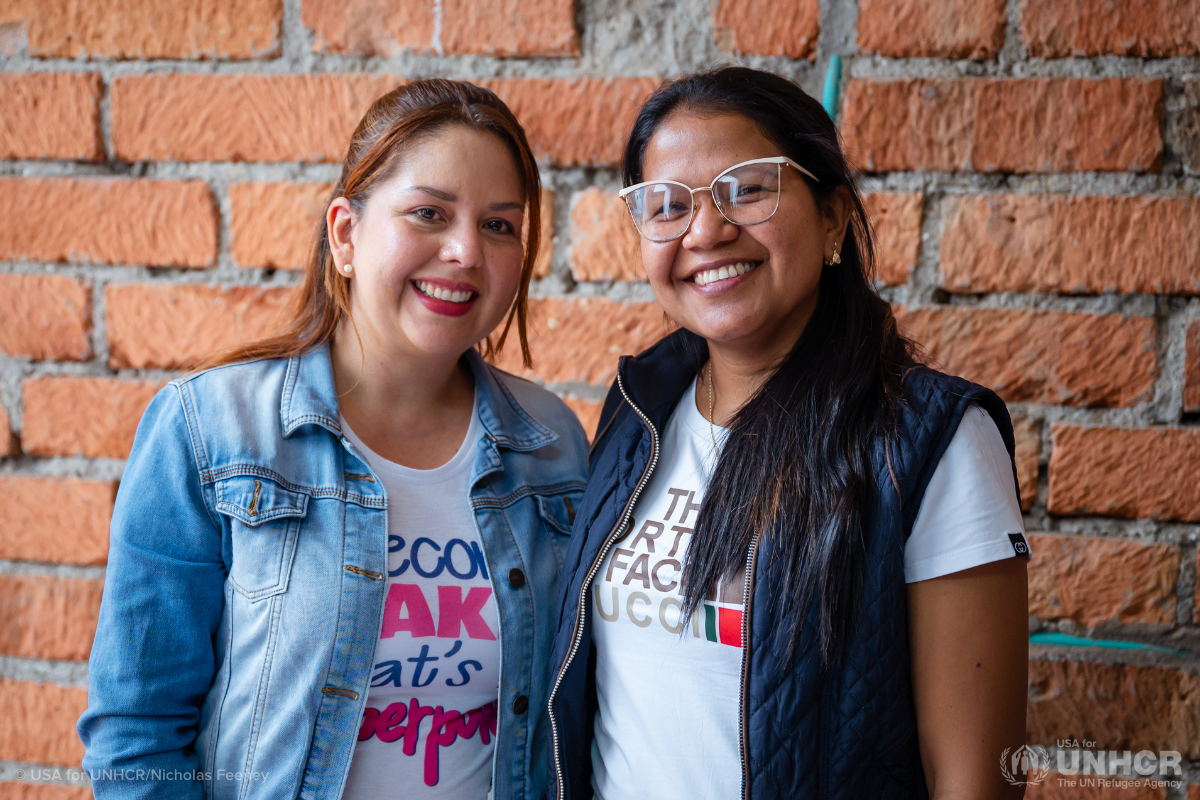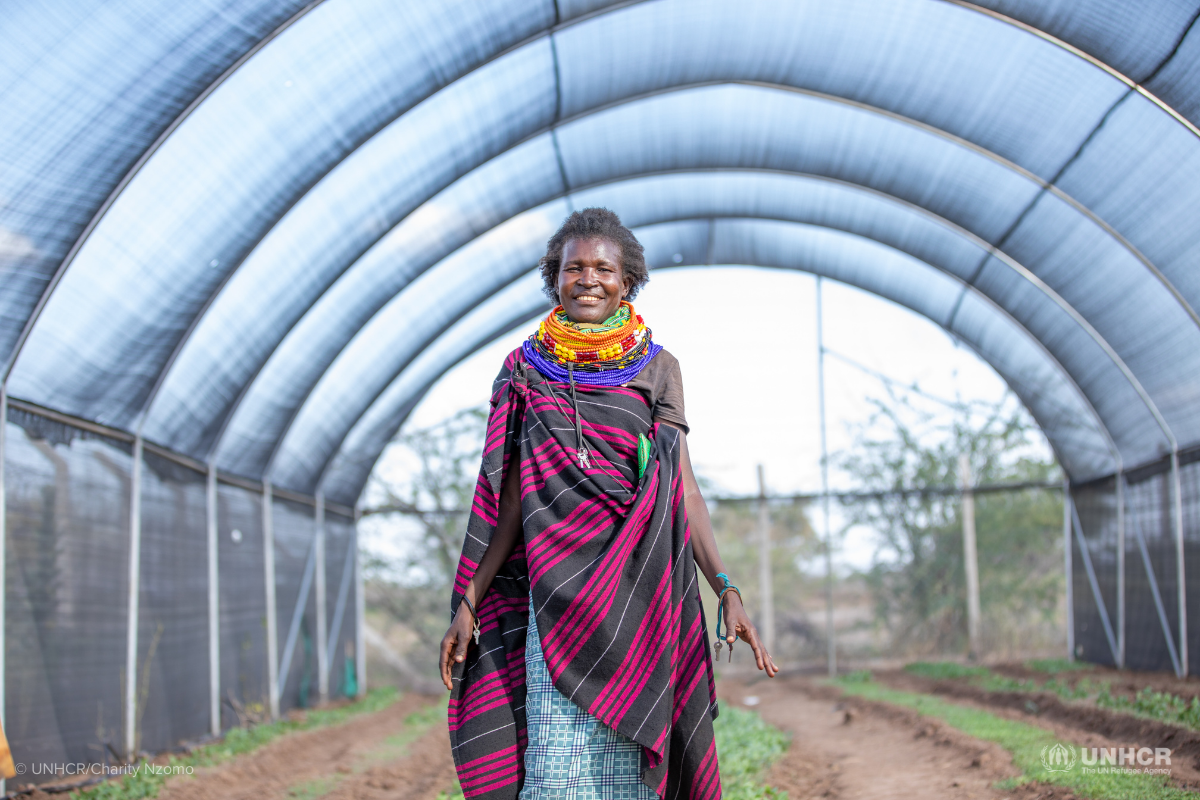Five key facts about refugee children’s education
Education is a human right, but not everyone has access to it. Refugee children and young people face a long list of barriers to obtaining an education. Not only do they face practical challenges — such as lack of access to schools, qualified teachers, learning materials and computers — but refugees also face additional challenges that come with being displaced. This can include language barriers, separation from their support networks, gaps in their educational history, discrimination and alienation.
But major improvements have been made over the last few years and more refugee children are learning every day.
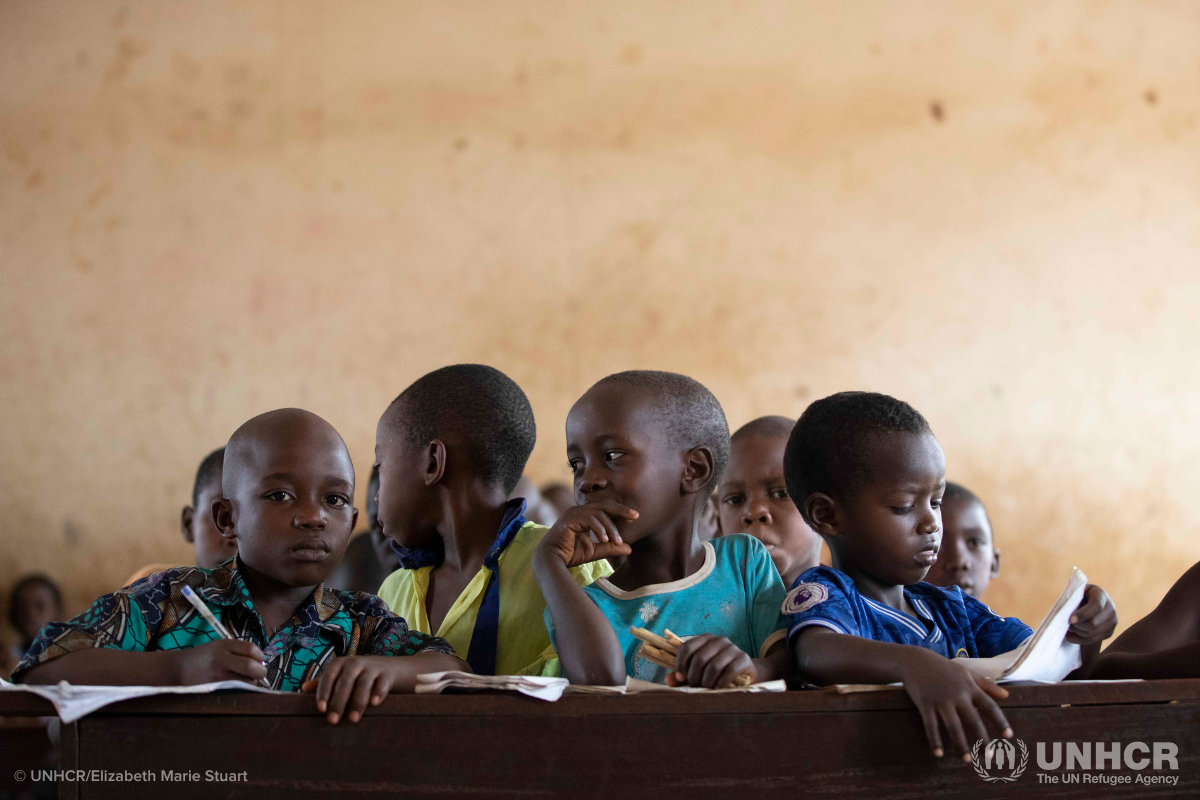
Here are five facts from the 2022 UNHCR Refugee Education Report, All Inclusive: The Campaign for Refugee Education, that give greater insight into the current status of refugee children’s education and how it can be improved.
Fact: Nearly half of all school-aged refugee children are not in school
In the 2020-2021 school year, average gross enrollment rates for elementary school were 68 percent — almost unchanged from the previous year. For high school, however, the rate is significantly lower at 37 percent. This means the older a refugee child is, the less likely they are to be enrolled in school.
Refugee student enrollment in tertiary education, such as college and university, rose to 6 percent in the 2020-2021 school year. While this figure is well below global levels, it is still a considerable improvement from recent years, when refugee enrollment in tertiary education stood at 1 percent.
Fact: More refugee boys are enrolled in school than refugee girls
There are slightly more refugee boys than refugee girls enrolled in school. 68 percent of refugee boys are enrolled in elementary school, compared to 67 percent of girls; and 36 percent of refugee boys are enrolled in high school, compared to 34 percent of girls.
Girls are at a higher risk of dropping out of school due to lack of prioritization of girls' education, early marriage and household needs like cooking, cleaning and caring for younger children in their families. Therefore it is even more important that girls have the opportunity to learn and their school enrollment rates continue to grow.
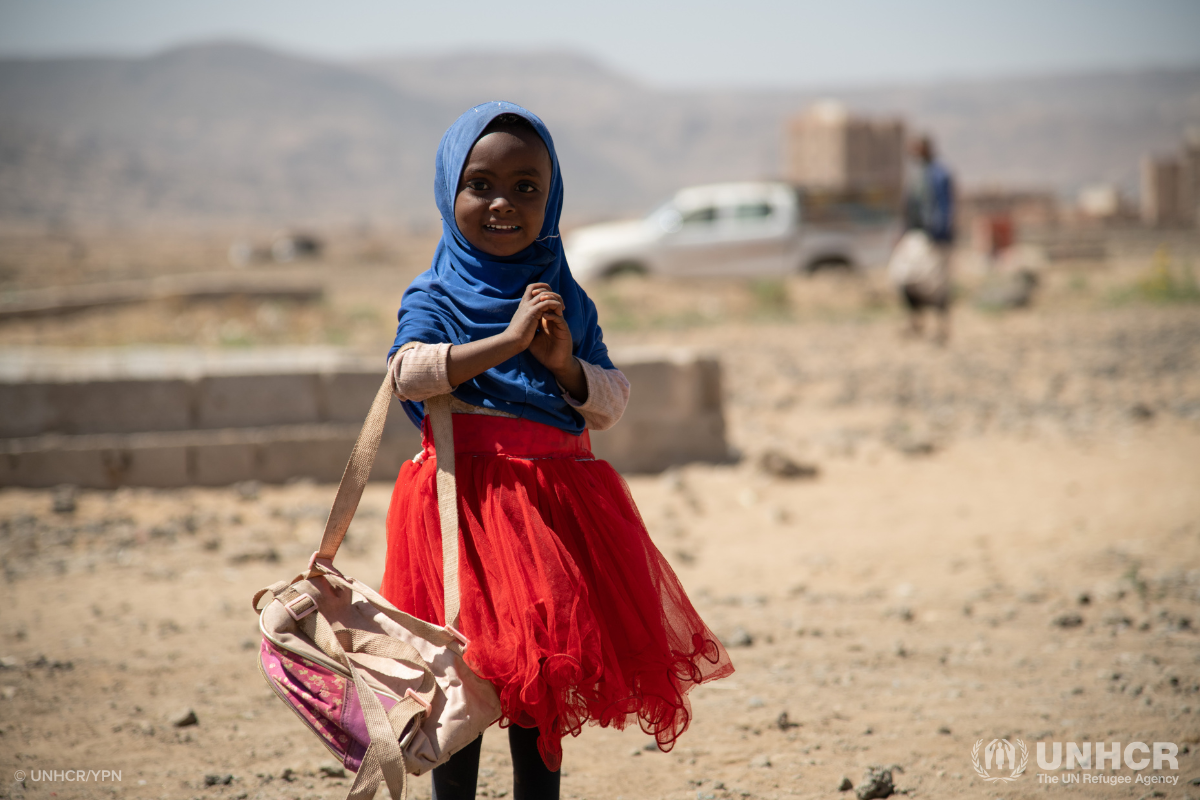
Fact: The long term benefits of education are astonishing, especially for women and girls
There is a significant drop between refugee students who are enrolled in elementary school and those that are enrolled in high school. This is a big problem because getting a high school education is the gateway to higher education and improved employment opportunities. The global poverty rate would be more than halved if all adults completed high school.
Not to mention, each additional year of school can raise a girl’s future earning power by 12 percent.
When refugees have access to education, they become leaders, people who develop apps, find cures for diseases, build new buildings and more — all of which benefit both refugees and their host countries.
Fact: Education can improve the health and protection of refugees
Data shows that refugees with higher educational levels live healthier and longer lives. They also have a lower risk of HIV infection and a reduced rate of early marriage and early pregnancy — which, in addition to being a protection issue, can cause health risks for girls’ under developed bodies.
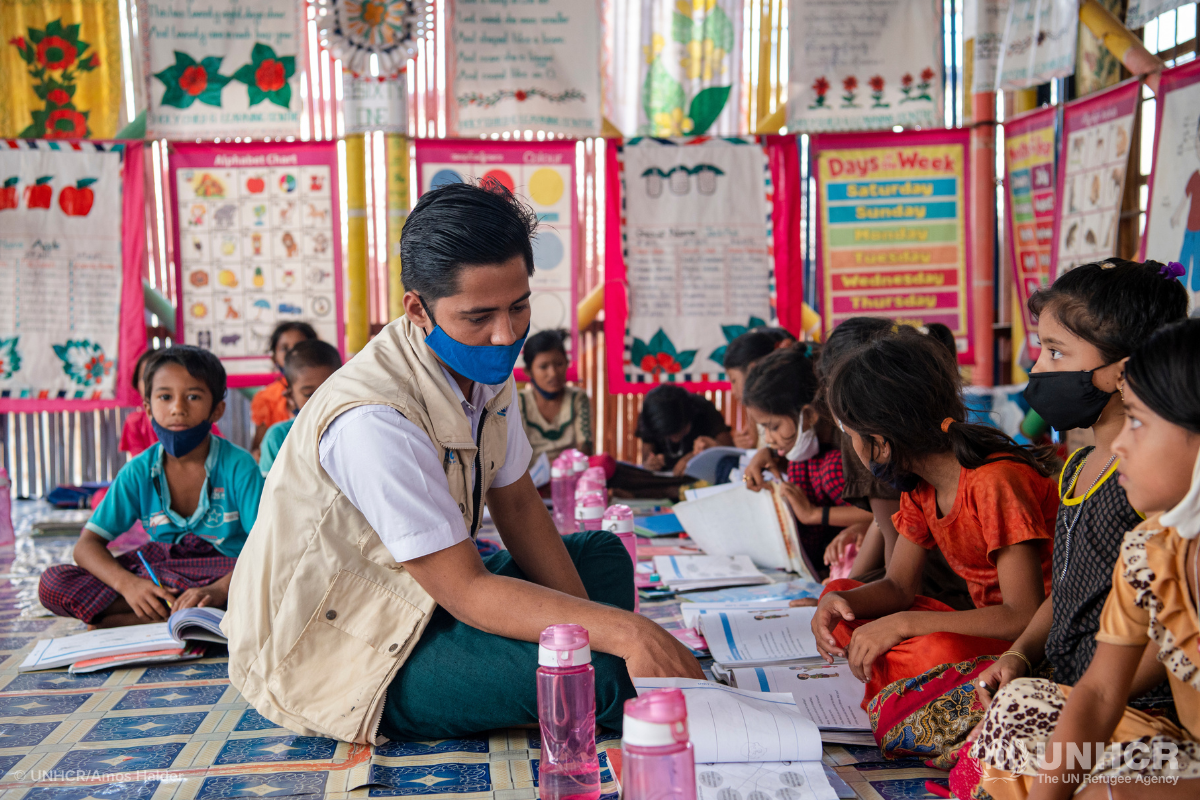
Fact: Refugee children need to be included in national education systems at every level
Countries must develop and enact strong policies that ensure the inclusion of young refugees in their national education systems in order to create opportunities for them to rebuild and succeed.
Inclusion of refugee children in national education means: refugee children can physically access classrooms, they can participate in exams and gain qualifications, reliable funding for refugee education — including the provision of teachers, fully equipped classrooms and adequate sanitation and hygiene facilities — and the digital divide between refugees and children from host countries is closed.
Including refugee children in national systems ensures that all children, no matter who or where they are, have the opportunity to thrive and build brighter futures.
How you can help…
Supporting refugee children as they pursue their education and helping them access the resources they need to succeed cannot happen without your support. Show young refugees you care about their futures by becoming USA for UNHCR’s newest monthly donor.
